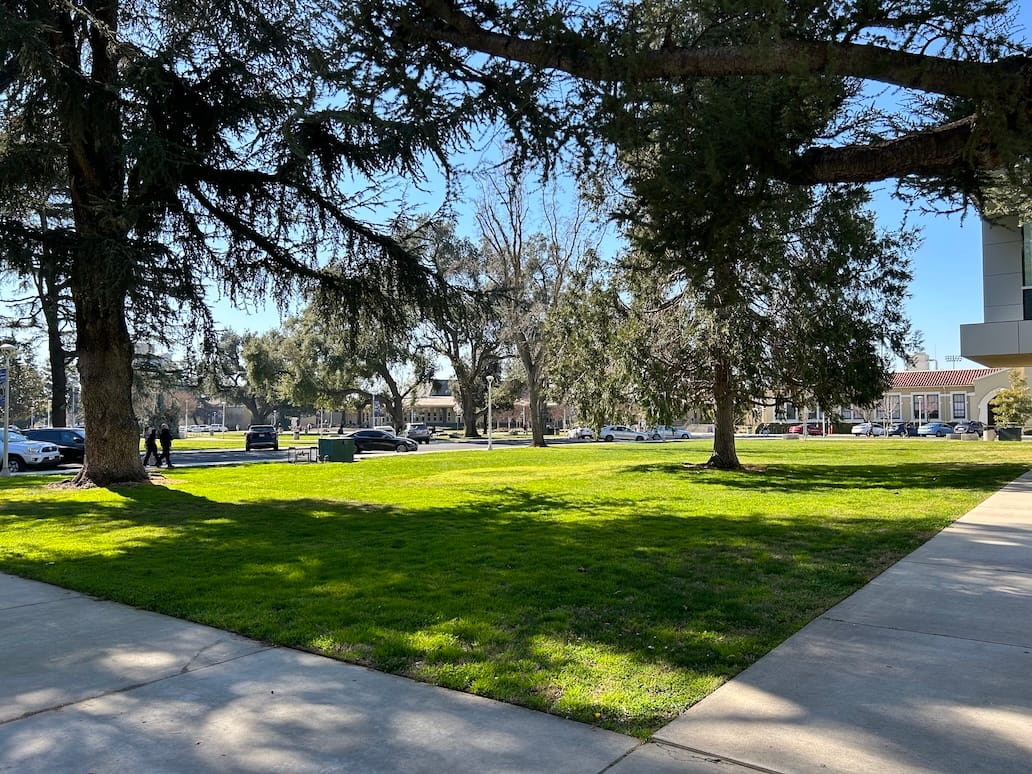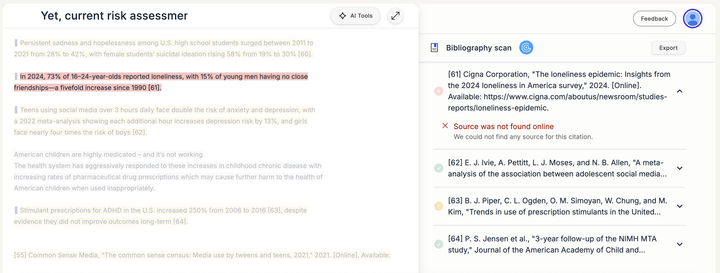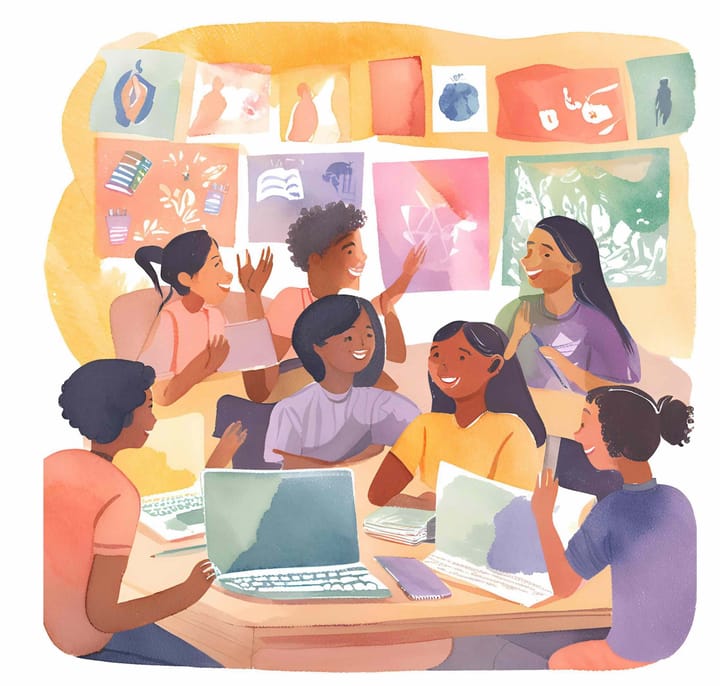In This Professor’s Classroom, AI Is a Teaching Tool
Geri Sawicki shares her insights on making AI a deliberate part of her curriculum.

When artificial intelligence first made its way into Geri Sawicki’s sociology classroom, she didn’t panic. She saw an opportunity. While many educators debated whether ChatGPT represented a threat to academic integrity, Sawicki, a professor at Modesto Junior College in California, focused on its potential and has long been experimenting with AI.
“While I have been working with AI since the first release of Chat GPT Open AI, I’ve been enthusiastic about the possibilities for teaching and for my students' learning,” she says.
Although as AI became more visible on campus, she noticed something unexpected: her students weren’t always as eager.
“Students are occasionally more frightened of AI than you would think, and aren't sure how to use it other than what they hear from other students,” she explains.
Rather than banning the technology or treating it as a passing fad, Sawicki made AI a deliberate part of her curriculum. The result is an approach that’s drawing attention as a possible model for AI integration in higher education, which veers less towards policing and more towards partnership.
Designing Assignments AI Can’t Easily Write
At the heart of Sawicki’s approach is a deceptively simple idea: design assignments that AI can’t easily complete on its own. Her philosophy: “When students have chosen to submit an AI-written answer, they have discussed the pros and cons of what the AI generated, and used it to come up with their own answers, with the AI cited as part of the work.”
Instead of generic prompts that can be answered with a few keystrokes, she creates questions that demand personal reflection, asking students to connect sociological theories to their own lives.
“I worked hard to make interesting questions that would let the students reflect on their own experiences and see how those intersect with the sociology they are learning," she says. "It seems to work, because they find the questions thought-provoking and they actually want to answer them.”
By doing so, she shifts the role of AI from shortcut to collaborator and sees it as an emerging tool for brainstorming, as opposed to a substitute for thinking.
“They have given me high marks for showing them alternate ways of using AI for their education; they've also enjoyed when we've generated questions in class and used AI to give us a starting point for discussions.”
Adding GPTZero to the syllabus
Sawicki recently revised her syllabus to include specific policies on plagiarism and the use of AI and GPTZero. “In this introductory sociology course, my primary aims are to help you develop critical thinking skills and improve your academic writing,” she tells students. “It helps me to help you when your work reflects your own understanding and lets me hear your voice and ideas.”
She encourages students to use GPTZero themselves before submitting assignments, especially if they’ve used any AI tools while drafting. “This will promote transparency and helps ensure that your work aligns with Modesto Junior College standards for Academic Integrity.”
If students have any doubts along the way, Sawicki reassures them: “If you aren’t sure about what you are doing, just ask me! We’ll have a conversation to clarify the usage of these tools.”
Building Literacy in the Age of AI
For Sawicki, preparing students for an AI-powered world also means teaching them to evaluate information more broadly, which is a skill becoming increasingly vital as misinformation spreads like wildfire online.
“I have two critical thinking assignments in all my classes which require students to learn how to evaluate sources of data and research using the CRAAP method, and another to learn how to verify news as real or fake, using the SIFT system which are easily accessible to them in our online library pages,” she says.
Her students respond enthusiastically. “Students have responded well to them with an ‘I didn't know this!’ ‘Glad to learn this!’ attitude.”
By pairing AI literacy with source evaluation, Sawicki’s goal is to get students more ready for the increasingly complex information landscape they will encounter long after graduation. As AI tools become more embedded in daily life, being able to critically assess information has become a core skill for 21st-century life.

Understanding the Tools Ourselves
While fears of AI-powered cheating dominate academic discussions, Sawicki’s experience has been different. She explains, “I have not had a lot of students cheating through the use of AI in writing assignments for my classes.”
She believes well-designed assignments demanding personal engagement leave little room for shortcuts. When students feel confident using AI as a tool (rather than a crutch) the temptation to misuse it fades.
To build both her own understanding and that of her colleagues, Sawicki enrolled in GPTZero's “Teaching Responsibly with AI” Certificate Program. For her, one of the most valuable aspects has been the behind-the-scenes look at how GPTZero’s detection technology works.
“The way Robert and Joe, on your team, showed us what you have built into the GPTZero program is so useful to me, and not just for trusting the checks on student work – which I REALLY feel good about now that I understand what went into it.” That level of transparency, she says, is key to building faculty trust in the tools.
“One of the biggest things I have learned so far in your program is how well GPTZero has covered the bases where many of the faculty saw flaws.”
Preparing Faculty for the Next Chapter
As she looks ahead to the fall semester, Sawicki is already planning to bring her colleagues into the conversation. She hopes to lead workshops and faculty retreats to introduce best practices for AI integration.
“During our lead up to the fall semester, I am hoping to have an AI workshop for faculty that will help answer their questions and show them some ways we can incorporate lessons in using AI or explaining how they can legitimately improve their learning with AI and more.”
She adds: “In my book, you are exceeding expectations and giving us a lot to work with and some reassurances as we prepare for the fall. I am grateful for this program, and how transparent you all have been in showing us what magic has been behind the curtain.”
For faculty figuring out AI in the classroom, tools like GPTZero are becoming a fundamental part of the equation. By providing detection alongside (not instead of) instructor judgment, GPTZero helps educators build trust in their policies while supporting student learning and academic integrity.
Sawicki’s approach proves how tools like GPTZero can complement thoughtful pedagogy, giving faculty the confidence to integrate AI into their courses without compromising standards. Her aim is to equip students for the realities beyond the classroom. As she says: “I have been excited to teach them what I have learned and show them the value of working with AI in their future careers.”



